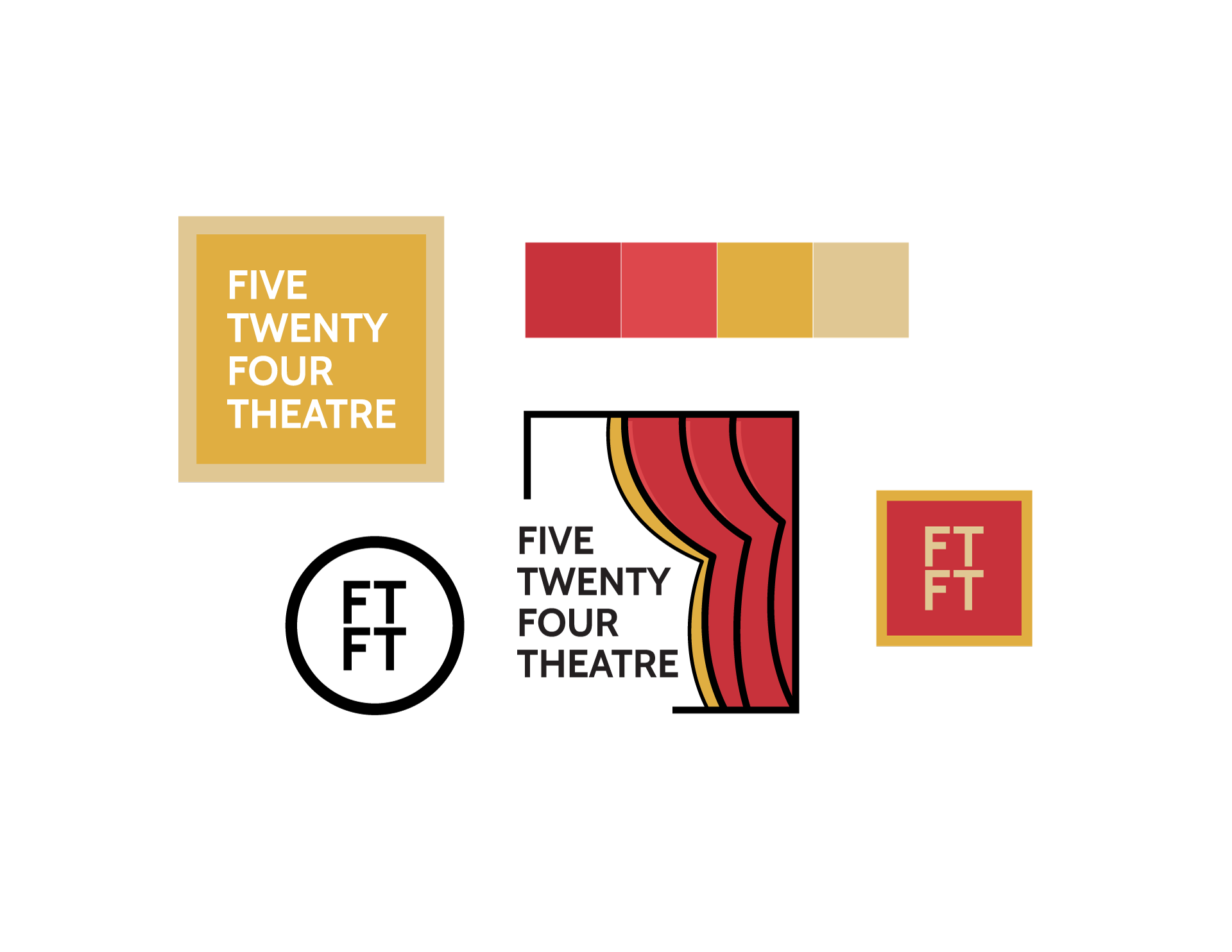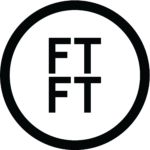The Idea: Forming a permanent name at this stage is a bit like getting married too young, before you’ve had the chance to discover your own identity or what you’re really looking for in a collaborator.
Donating time, securing free space for performance, throwing parties to raise money, campaigning for funds from family and friends, and selling T-shirts or cookies are all time-honored methods to secure the resources to produce at this level — these are methods that don’t depend on engaging with the complex structures of nonprofit fund-raising.
The Theatré can invest in the development of young artists by sharing their resources. They can give space, lend out equipment, provide production management support, advertise shows, have a late-night series specifically for beginners, or consider redesigning internships to include practice producing.
“We weren’t just out of college wanting to put up our plays because no one else would,” explains Sheila Callaghan, one of the playwrights. “The point wasn’t simply to self-produce. The main point was to get to choose your own team. The success of the organization is built around the strength, contacts, and community of each individual, not around the reputation or aesthetic of a theater company.”
Flexible funding possibilities: Funders need to stop advising young artists to replicate the standard nonprofit model. This advice gets passed along both explicitly in training programs and workshops and implicitly through questions on grant applications and review criteria used to make funding decisions. For example, requiring a minimum budget size prioritizes growth over caliber of the work, and asking about diversified income streams forces artists to add extra work in areas of fund-raising that may be fruitless for them. Funders should give money directly to artists, or if legal restrictions preclude this, they should permit applications from fiscally sponsored projects and participate in regranting programs that provide funding for artists and start-up groups.
Sustain the People not the Structure
When funders talk about sustainability, they have generally meant that an institution looks stable enough to continue forever. Diane Ragsdale is no longer sure this is the point: “Why should funders wonder whether this is a twenty-five- or fifty-year plan? Why not just support the two-year plan without worrying that everything must exist in perpetuity?” If the project is, as Marc Vogl at Hewlett describes, “to sustain not structure but people,” then we need a new way of measuring how well we’re reaching for the ultimate aim of more extraordinary art. As usual, the artists understood this sometime ago. The Neo-Futurists are stewarding their artists like the limited but renewable resource they are.
“if you enrich the soil, new things will spring out of it.”
This shared metaphor of an “artistic ecosystem” expresses a deep comprehension that the health of each part is necessary for the health of the whole, suggesting that ecological rather than commercial thinking is the way to understand how art functions.



